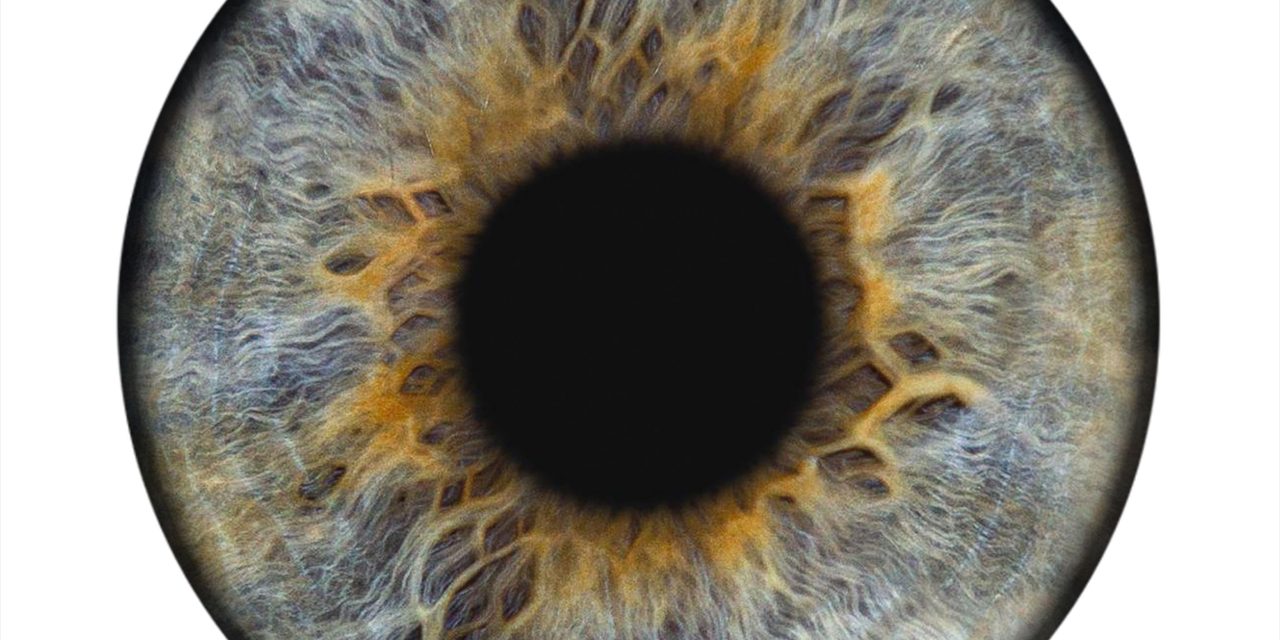The dry eye disease (DED) is rising as an eye health pandemic, affecting millions across the world. The development of novel drugs, drug delivery systems, and targeted therapies for addressing the inflammation in DED necessitates the progress in experimental models of dry eye. Animal models of DED have been curated for simulating two described forms of DED-lacrimal insufficiency model and the evaporative dry eye model. Although the majority of DED models have relied upon the rodent models, larger eye size and longer life span of rabbits, as well as the closer resemblance to human lacrimal gland, render rabbits a promising near ideal model for studying DED. Since the first rabbit DED model’s creation, numerous modifications mainly stemming from using topical epitheliotoxic drugs, neural abolition to activated lymphocytes injection, and surgical dacryoadenectomy have been introduced. The stability of these models, whether short term or long-term, accordingly guides their experimental or therapeutic testing. A rabbit induced autoimmune dacryoadenitis model has successfully simulated DED signs and lacrimal gland inflammation, as observed in Sjogren’s syndrome that improved with mesenchymal stem cells injection. This review summarizes the rabbit and human lacrimal gland’s comparative microscopic anatomy, various existing rabbit DED models and their respective suitability for understanding the DED’s pathogenetic mechanism or experimental drug testing. Also, the learned insights in dry eye management with their use along with future perspectives are described. There is still a pressing need of evolving rabbit models for studying the pathogenesis of complex ocular surface changes in evaporative DED and aqueous deficiency DED other than autoimmune dacryoadenitis.Copyright © 2021 Elsevier Ltd. All rights reserved.
Rabbit models of dry eye disease: Current understanding and future needs for translational approaches.


